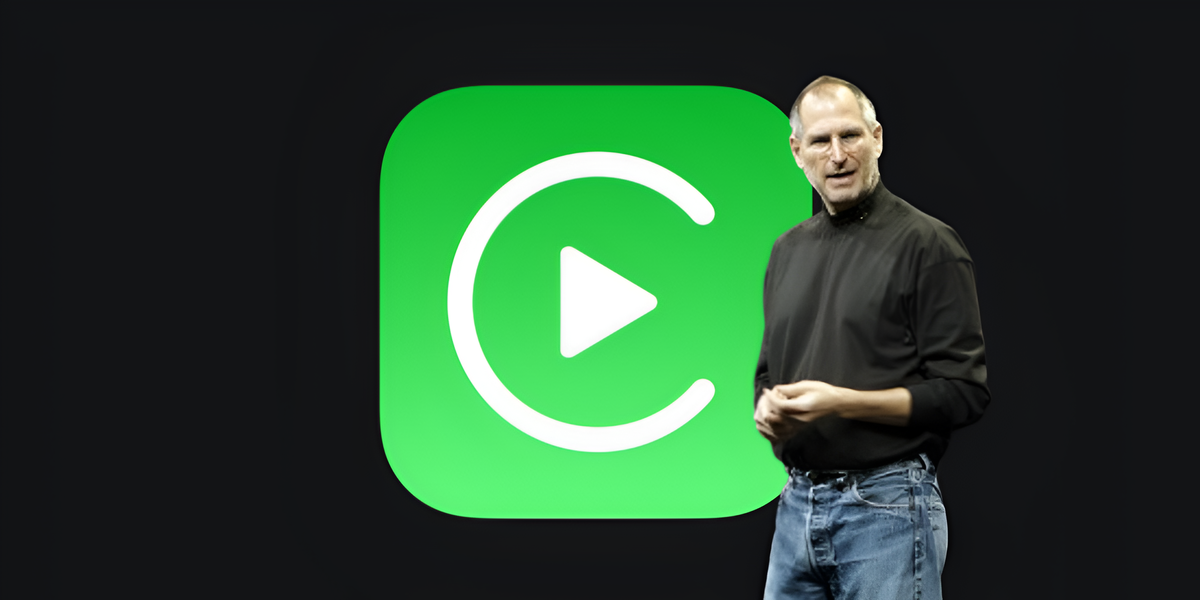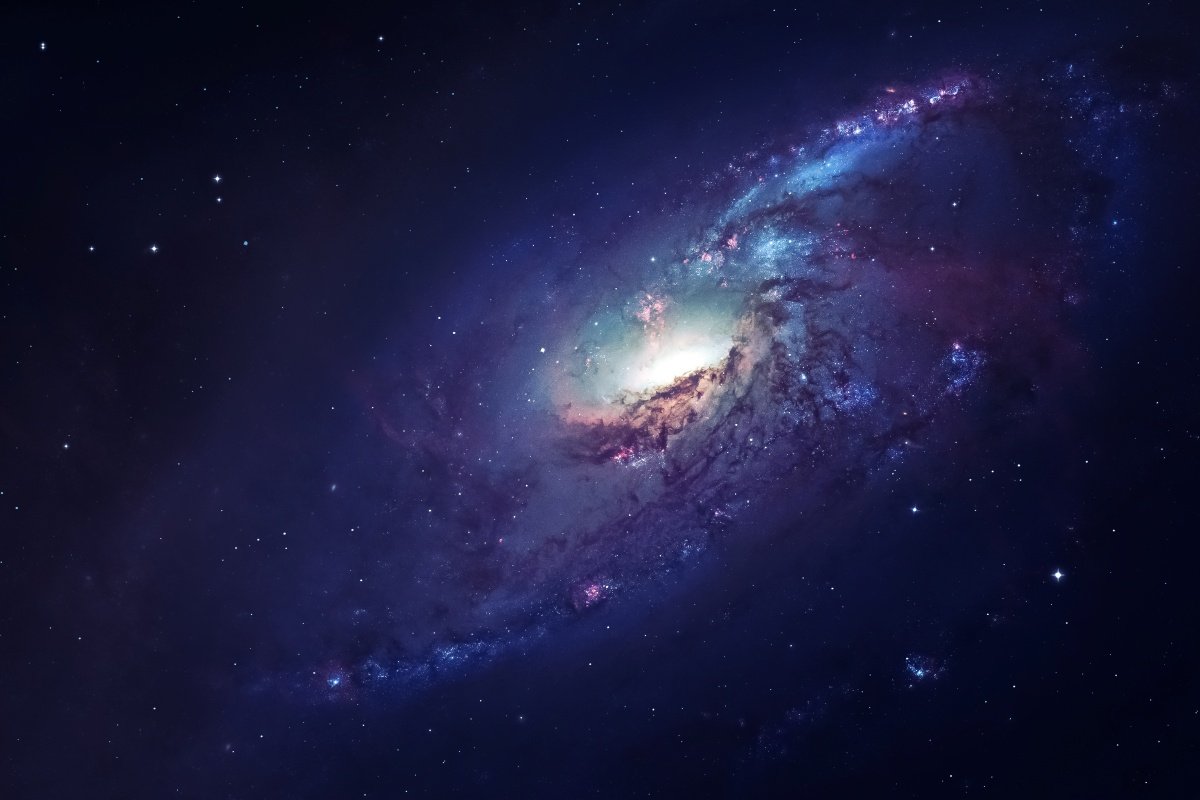*This text was written by a TecMundo columnist; finally learn more.
Each year in human history is unique. There is no 365-day (or sometimes 366-day) sequence in which events of fundamental importance to the course of time do not occur. With another cycle of world revolution coming to an end, it is natural for us to direct our thoughts to memories of such moments on an individual and collective scale, and to create good expectations for the moment when we turn a new page. Calendar.
Indeed, there seems to be no better way to start a new year than to go back and understand how we got to this point and decide where we want to go from there. Interestingly, the same relationship applies to the entire Universe, even if we don’t think so!
In 1977, American astronomer Carl Sagan, one of the greatest and most successful of scientific popularizers, popularized a new way of counting time in his book The Dragons of Eden: the cosmic calendar. It’s a way of tracing the history of the cosmos—the shared history of every star, planet, and galaxy—from the time when literally nothing happened to the present.
The first thing we need to keep in mind to understand this concept is that our Universe has existed for 13.8 billion years since the Big Bang. This time span is incredibly long and so remote from our everyday human experience that it is often difficult to imagine this type of scale. However, we can use this interesting and entertaining theoretical work to help us understand cosmic history. Think of it this way: Imagine all this time, all these 13.8 billion years, compressed into a single calendar year of 365 days.
In this anecdote, the first moment of the first day of January will mark exactly the moment of the Big Bang, and each “day” of this calendar will last approximately 37.8 million years instead of 24 hours. In this relationship, we don’t have access to the first minutes of the Universe unless we use theoretical tools: The first record of the Primordial Universe to reach our instruments, the cosmic background radiation, would have been published only 14 minutes after the Big Bang.
A Cosmos followed, which has since expanded, cooled, and formed structures. The first stars did not form until January 3, and the first galaxies formed a few cosmic days later and appeared in the early hours of January 26. In the last days of this month, some primitive galaxy clusters will begin to form.

Our galaxy, the Milky Way, would only begin to form on March 16, and almost two months later, at noon on May 13, it would take its full, present form. Our Solar System, much younger in cosmic history, formed in the early hours of September 2, and Earth formed on the same day, just minutes later. Our moon formed a day later.
Remarkably, from this perspective, life arose relatively quickly on Earth. On September 14, the first remnants of biotic life would be found, and on the 21st of the same month, the first life forms (prokaryotic cells) would form. But a single-celled eukaryote, the first organism capable of sexual reproduction, did not evolve until December 2, and the first simple animals did not appear until December 7. On the morning of December 30, a major celestial event occurs: a massive asteroid crashes into Earth, extinguishing the dinosaurs and a significant portion of all life on Earth.
We, members of the species Homo sapiens, did not appear on the planet until 11:53 p.m. on December 31, and did not invent agriculture until the last 28 seconds of this day. The pyramids of Giza were built in the last 10 seconds, and in the last 5 seconds, Jesus Christ appeared on Earth at a time when the Roman Empire was also at its peak. The modern history of humanity is so close that it can be completely squeezed into the last second of the cosmic day of December 31.
On this scale, one second equals about 440 years, and in just the last 0.5 seconds we have changed and damaged the Earth more than any time in its entire cosmic history. If we do not adopt a more conscious attitude towards our planet, it is possible for us to cease to exist as a species in a fraction of a second.
A single human life takes only about 0.2 seconds. What were you doing this time?
Nicolas Oliveiracolumnist for Technology WorldHe holds a degree in Physics and an MA in Astrophysics. He is a professor and currently doing his PhD working with galaxy clusters at the National Observatory. He has experience teaching Physics and Astronomy and researching Extragalactic Astrophysics and Cosmology. It acts as a popularizer and scientific communicator aimed at the dissemination and democratization of science. Available on social networks like Nicolas @nicooliveira_.
Source: Tec Mundo
I am Bret Jackson, a professional journalist and author for Gadget Onus, where I specialize in writing about the gaming industry. With over 6 years of experience in my field, I have built up an extensive portfolio that ranges from reviews to interviews with top figures within the industry. My work has been featured on various news sites, providing readers with insightful analysis regarding the current state of gaming culture.












